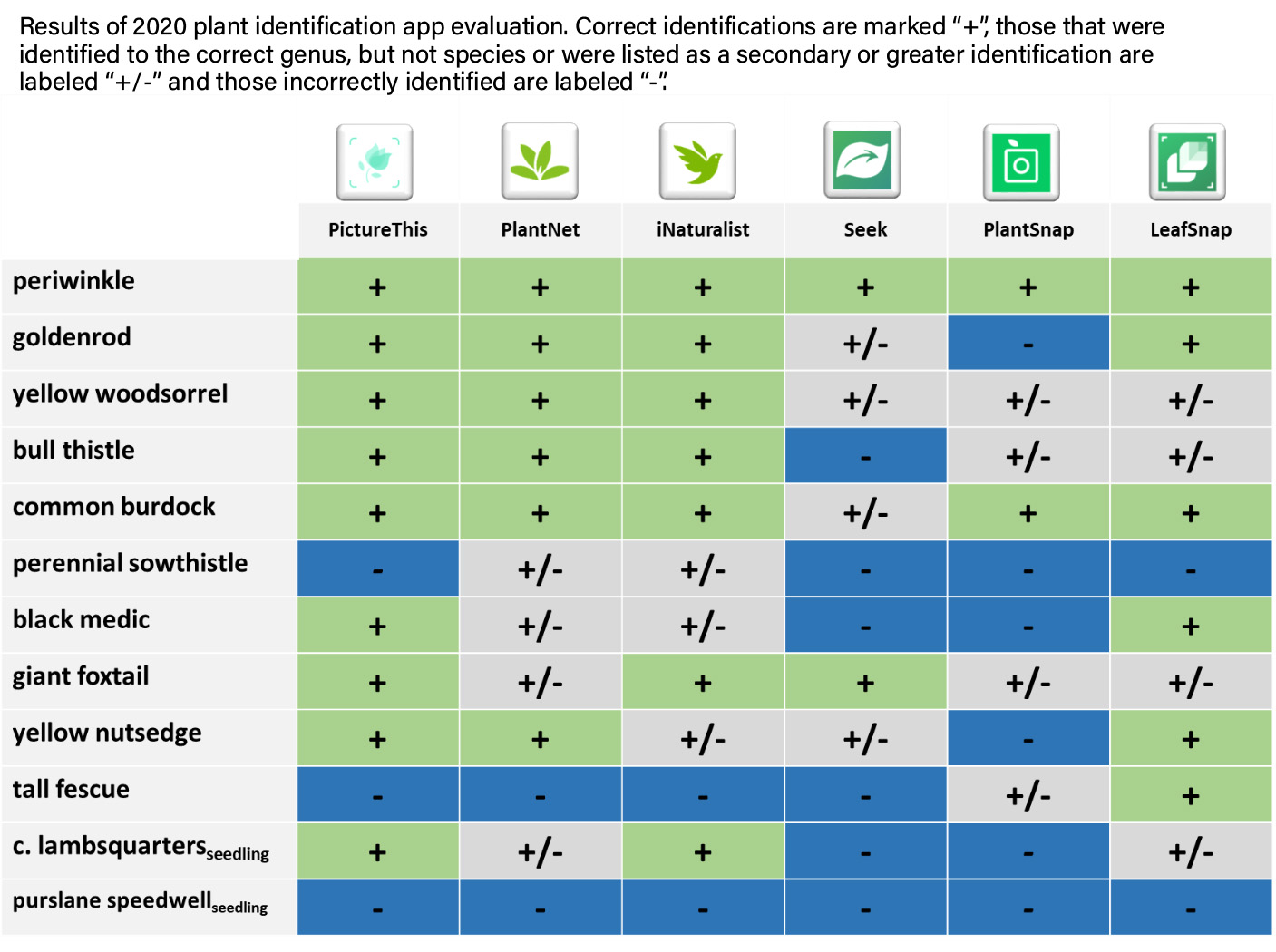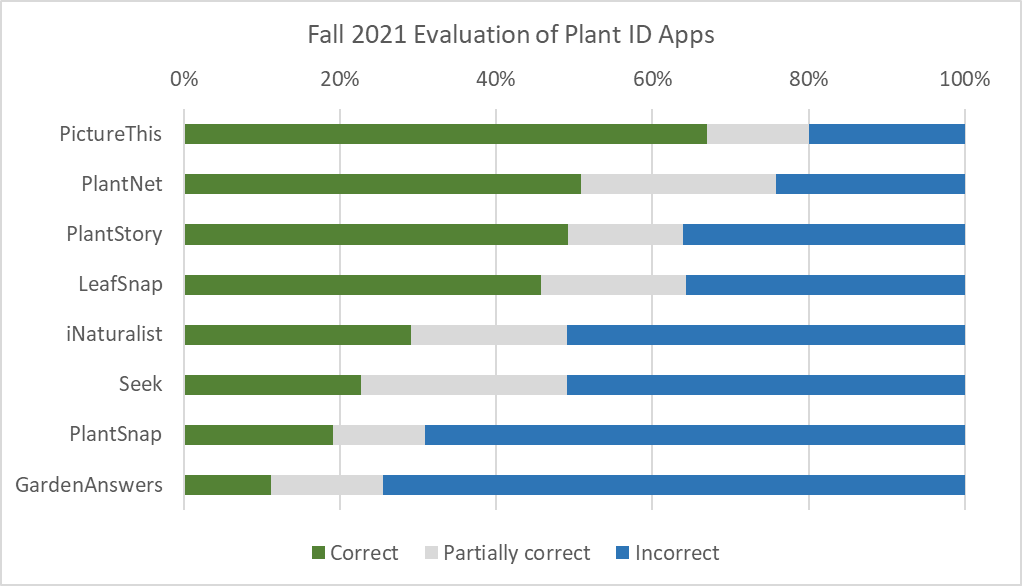A cornerstone of any effective weed control program is finding and treating bothersome weeds before they become established and spread. Unless you are an expert, though, it can be hard to identify what type of weeds you have – especially during their earliest stages of their growth.
According to weed scientist Erin Hill, Ph.D., at Michigan State University, commercially available Android and iOS smartphone apps may put you on the right path.
“They often can help you narrow down the genus and/or species of the weed so you can determine how it is best managed,” she says.
Using such apps can be easy. Most simply require you to photograph the weed or other plant you want to identify. In response, you not only get a corresponding ID, but also background on the plant, its growing range and habitat.
How accurate are the results? Beginning in 2018, Hill set out to answer that question. She reviewed and compared a minimum of six plant ID apps per year, with the top performers carrying over to the next year’s evaluation.
“I would photograph about a dozen weeds I had already identified to see which apps provided the most accurate results,” she says.
In 2020, for example, Hill compared six apps: PictureThis, PlantNet, iNaturalist, Seek, PlantSnap and LeafSnap. All six could identify periwinkle. But only PictureThis, PlantNet and iNaturalist could accurately identify goldenrod, yellow woodsorrel, bull thistle and common burdock. PictureThis produced the best overall results, but was unable to identify perennial sowthistle, tall fescue or purslane speedwell seedlings.

Source: Erin Hill, Ph.D., Michigan State University
In the fall of 2021, Hill significantly expanded her review by involving 16 teams of students learning plant identification skills in her weed science labs at Michigan State. Participants were asked to photograph 10 plants growing in the university’s Beal Botanical Garden, including a broadleaf ornamental, both flowering and vegetative broadleaf weeds and grasses, a seedling of a winter annual weed species, and other common agricultural and turf weeds of their choosing.
The teams collected from 90 to 130 images each and then uploaded them to the apps under review: GardenAnswers, iNaturalist, LeafSnap, PictureThis, PlantNet, PlantSnap, PlantStory and Seek. They recorded the responses and compared them to the specimen labels at the botanical garden. Answers were determined to be partially correct if an app provided the right genus but wrong species name, or if it provided multiple suggestions and the right answer was not at the top of the list.
The results, now published on the Michigan State website, show the apps correctly identified anywhere from 11-67% of the photographed plants – or 25-80% when partially correct answers are included.
“Grassy weeds proved to be the most challenging, with many apps showing less than 10% accuracy,” Hill says. “That’s not surprising since it takes a close inspection of leaf collars, florets and other parts of the plant’s structure to distinguish one grassy weed from another.”
Which app came out on top? PictureThis led the pack by successfully identifying 67% of 130 plants photographed at the Beal Botanical Garden, including 43% of grassy weeds. The same app ranked highest in Hill’s 2018-20 reviews.

Source: Erin Hill, Ph.D., Michigan State University
Despite the less than perfect results, Hill says apps can provide a starting point whether you are trying to identify live, pressed or dried plants or online plant photos.
“Some apps can even be helpful in identifying weed seedlings, but it is an area where improvement is still needed,” Hill says.
Double-checking the results with a trusted resource, like the USDA Plants Database, is vital, Hill says. Simply search using the scientific name provided by the app, compare the pictures and determine whether the identification was correct.
Click here for more Industry News.






Post a comment
Report Abusive Comment